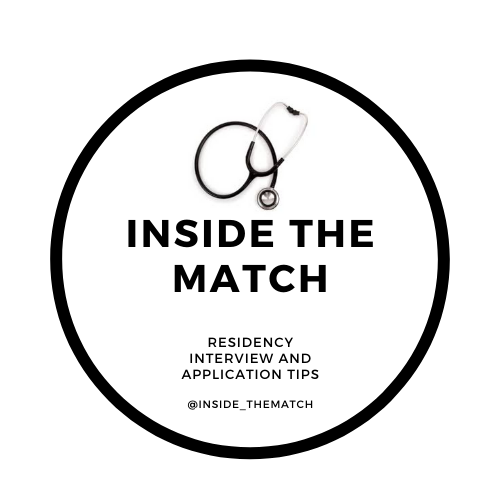Choosing Your IM-Related Visiting Rotations
Written by Rachana Raghupathy, MD
Anyone who has scrolled through the vast number of IM-related rotations on VSAS knows how intimidating it can be to select the best fit. Is it better to do a traditional Sub-Internship (Sub-I), or should you just take any elective that comes your way? Will one offer a better experience than the others? There are many ways to approach finding the best rotation that will meet your needs, and I’m here to share some of the perspectives I’ve heard along the way.
But, before we get into it, I want you to ask yourself the following: “what do I want from this rotation?”
If you answered…
- “I want to experience what the hospital/hospital system is like”
If this is true for you, my response would be that any rotation could be good for you. Almost all rotations (research, clinical, or otherwise) will have you navigating the hospital, interacting with hospital personnel, or interfacing with the electronic medical record. My honest opinion is that you can’t go wrong with any rotation you choose—general IM, specialty, subspecialty, or super subspecialty.
- “I want to meet people at the program to see if I fit the general vibe of the program”
If this is the case for you, I’d narrow down your search to strictly clinical rotations that will have you working with residents, as some research rotations will have you only working with your PI. When you’re going through the potential clinical rotations, using rotation descriptions is going to be very key, and you’ll want to pick the rotations that the program has residents rotate on at least during some point in their residency. Descriptions for these rotations or electives may mention rounding as a team, working alongside other residents/interns, or even reporting directly to a senior resident.
- “I want to experience what it is like to be an intern”
The adjustment to intern year can be daunting, so if you want to get some insight on how the program specifically facilitates this process, I’d highly recommend going with a traditional clinical Sub-I or AI. Look for the phrases “sub-I,” “sub-internship,” “acting internship,” or “AI” in the rotation name, and read the description on VSAS or the program website. Look for keywords that let you know that during the rotation, you’ll be treated like an intern and have the same responsibilities as an intern. Bonus tip: also, keep a lookout for specialty sub-Is. Some programs will offer MICU Sub-I’s or cardiology Sub-I’s (or honestly any other specialty that interns rotate through). These rotations will still have you functioning as an intern but with more of a specialty flavor.
- “I want to get a strong general medicine footing before starting residency while still exploring a new hospital system”
For those in this category, I would strongly recommend selecting clinical general medicine-oriented rotations. These can include medical floor rotations, hospitalist or outpatient electives, or medicine consult services. All of these will allow you to see bread and butter internal medicine pathology while still gaining the benefits of a visiting rotation.
- “I want to learn more about _____ specialty while still exploring a new hospital system”
If you fall into this category, any elective in that given specialty could work well for you. Some programs also have super subspecialty electives (i.e. Heart Failure electives, HIV electives, hepatology electives, etc.). These are great ways to dive deeper into your specialty interest and learn from the experts first-hand, all while still learning the ins and out’s of the hospital!
- “I want to know what the exposure to _____ specialty during residency is like because I am thinking about that specialty in the future”
If you fall in this bucket, you know it’s a little more nuanced than the above section. I’d consider sub-internships or electives in the given specialty, prioritizing the rotations that include residents. Some specialty rotations will have you working with fellows and attendings only which, while offering a great learning experience, may not show you how much exposure residents have to the field.
- “I want to be able to meet program leadership, so they know I’m serious about this program”
Technically, you can do this through any rotation type, and the fact that you are rotating at their institution at all is a huge tip that you’re probably interested in their program when application time rolls around. When I was applying for away rotations, I was advised to apply for electives solely in the program director’s specialty, in hopes of getting more face-time with the program director. I did not end up subscribing to this method, and from my experience, I do not feel like it is a necessity at all. If you are looking to meet chief residents, PDs, and APDs (a la the Networking Tips article), make your interest known—your residents and attendings may be able to hook you up. Limiting yourself only to the rotations you think you should be doing to increase your chances of matching is ultimately a missed opportunity to learn more about the aspects of the program you care most about.
Best of luck on your visiting rotations! You’re going to rock it!

